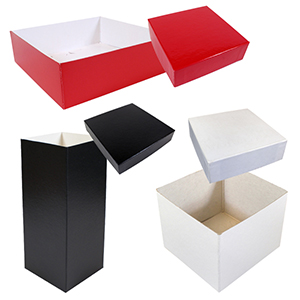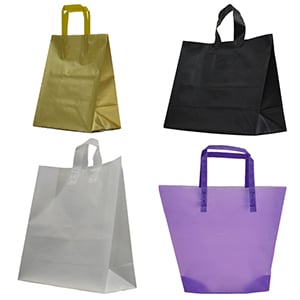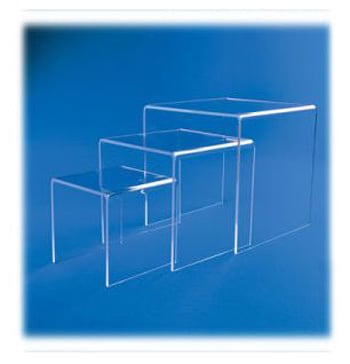The Anatomy of a product’s price label
One of the most frequent problems our stores face is in not knowing what kind of labels they need. By reading this article, you will learn more about how labels for a pricing gun work.
It is important to determine what kind of information you want your labels from a pricing gun to have. Consider what you are going to be labeling as well as what you would like your labels to show. You can change this for each label you dispense from your pricing guns, which is known as "machine print labeling." Such information that you can easily change includes the price, a date that can be used for expiration purposes, and a number such as a code or batch number.
This information can be displayed on one, two, or three lines of your labels, depending on how much information you would like to display. If you want to only have a price on your label, like every label should, then you would only need a one-line label. If you are selling food, and want the price as well as the expiration date, you would need a two-line label.
As you require more lines, the cost of pricing guns and labels will increase. With that being said, try to use as few lines as you possibly can.
The main reason why labels are pre-printed is to help customers explain what certain numbers mean. Without "best by", for example, we wouldn't be able to tell whether a date on the label in an expiration date or a manufacturing date. One-line labels do not need to be pre-printed, because the price is usually printed along with a currency symbol. One-line labels that show a date need to have the date explained. Food items require an expiration date, and perishable items require a manufacturing date.
Two-line labels typically show a price and a batch number, although you may need pre-printed text to explain that the latter is a batch number. If you are only using the batch number in house only, then you do not need to explain it to customers. As the symbol of currency would be printed by the gun, you could use a basic label for this if you prefer.
A three-line label shows the price of the item, a batch number, and the date of manufacture. You would likely need pre-printing to help clarify the latter two lines. For four or more lines, or to explain three lines for clearly, consider using a label printer rather than a price gun.
There are three different kinds of adhesive that comes with a pricing label: permanent, peelable, and freezer adhesive.
Peelable adhesive is the easiest to remove, and can even be removed after being stuck on a product for a long time. They come off simply and do not get damaged when you take them off. This is ideal for items that are to be used as gifts, so that the giver can remove any mention of the price before giving it to the recipient.
Permanent adhesive is stronger than peelable adhesive, and is more difficult to remove. When you try to remove a permanent label, a good part of the label will be left behind. This label is good for when you have important date information that customers would not want to discard. Permanent labels also discourage label swapping by shady customers looking to pay less.
Freezer adhesives are typically in between peelable and permanent adhesive when it comes to strength, but they harden when placed in a freezer, such as with ice cream, where peelable or permanent adhesives wouldn't work as well.









Validate your login